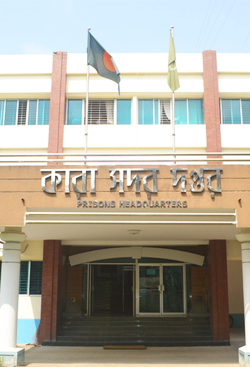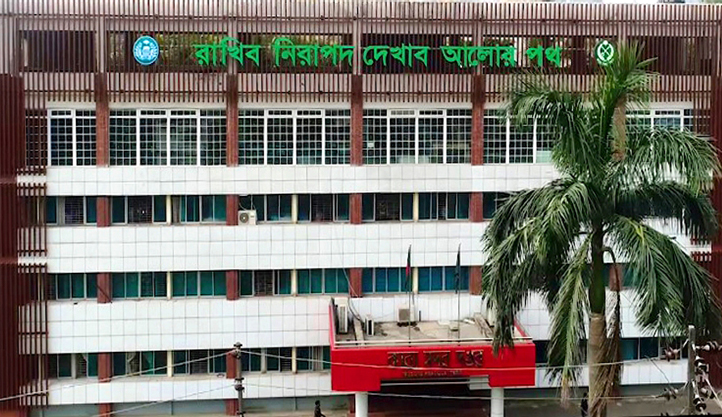
History
The term "Lal Dalan" (Red Building) has been passed down through popular tradition. It refers to a place surrounded by high, heavy walls, with human beings confined behind iron bars. The sorrows, pains, and struggles of these individuals remain detached from the vibrant, ordinary flow of life outside. In these closed chambers, some burn and purify into pure gold or luminous gems, while others sink into the depths of darkness. Doesn’t it provoke curiosity about how such a mysterious, separate world within walls came to exist in the same world as ours? Notably, in earlier times, the infrastructure of this realm was painted entirely red. Tracing the origins of prisons or jails is an arduous task as precise records are difficult to find. Historians are still uncovering this subject. What is known about early prison management is that a palace in London, St. Bridget's Well, was identified as the first prison in 1552. Recognizing the necessity of prisons for various state and societal purposes, the British government took steps to establish several more in 1597. By 1600, every county in London was instructed to build prisons. Initially, these institutions focused on enforcing physical labor and discipline among inmates. However, in the 18th century, the concept of "Gaol" or jails gained significant prominence in England. These Gaols were often referred to as death chambers due to their harsh conditions. Men and women were kept together in poorly ventilated rooms, leading to many instances of abuse. Public outrage over these conditions prompted urgent reforms. John Howard, a social reformer, made remarkable contributions to prison reforms. Over several years (1773–1790), he visited numerous prisons and documented his findings, which led to significant changes in prison management. In 1812, England's first national prison, Millbank, was established. Built at the cost of 2.5 million pounds, Millbank featured hundreds of cells and a three-kilometer-long corridor. Construction began in 1812 and was completed in 1821. In the United States, after gaining independence, the Walnut Street Jail was established in 1790 in Philadelphia as the first state prison. Subsequently, prisons were set up in New York City in 1796 and in Maryland in 1829. Maryland's prison later incorporated schools for inmates. In 1832, Georgia introduced a reward system in its prisons, allowing inmates with good behavior to earn two days off their sentences each month, while those with bad behavior faced various punishments. Vermont's prison allowed inmates to communicate with family members through letters as early as 1831. Due to a lack of research, specific information about the origin and management of prisons in ancient South Asia remains limited. It is known that during the reign of Emperor Ashoka in India, prisoners sentenced to death were confined in a cell for three days. Such detention facilities also existed under the feudal zamindari system. With the arrival of the East India Company, prison management began to take shape in new forms. In 1818, the Bengal Regulation was issued to detain political prisoners. During this time, jails were established in Dhaka, Rajshahi, Jessore, Comilla, and other districts and subdivisions in present-day Bangladesh. However, the construction of Dhaka Jail began in 1788 with the establishment of a criminal ward. In 1864, a coordinated system of prison management was introduced through the implementation of a "Code of Rules." In April 1927, the first Borstal Institute for juvenile offenders was established in Bankura (India). In 1929, Kolkata’s Presidency, Alipore, Midnapore, Dhaka, and Rajshahi were declared central jails in undivided Bengal. After Bangladesh's independence in 1971, the Bangladesh Jail (BDJ) system began with 4 central jails, 13 district jails, and 43 sub-jails. Later, in 1997, due to the increasing number of inmates, the sub-jails were converted into district jails. Currently, the Bangladesh Jail system operates with 13 central jails and 55 district jails.
